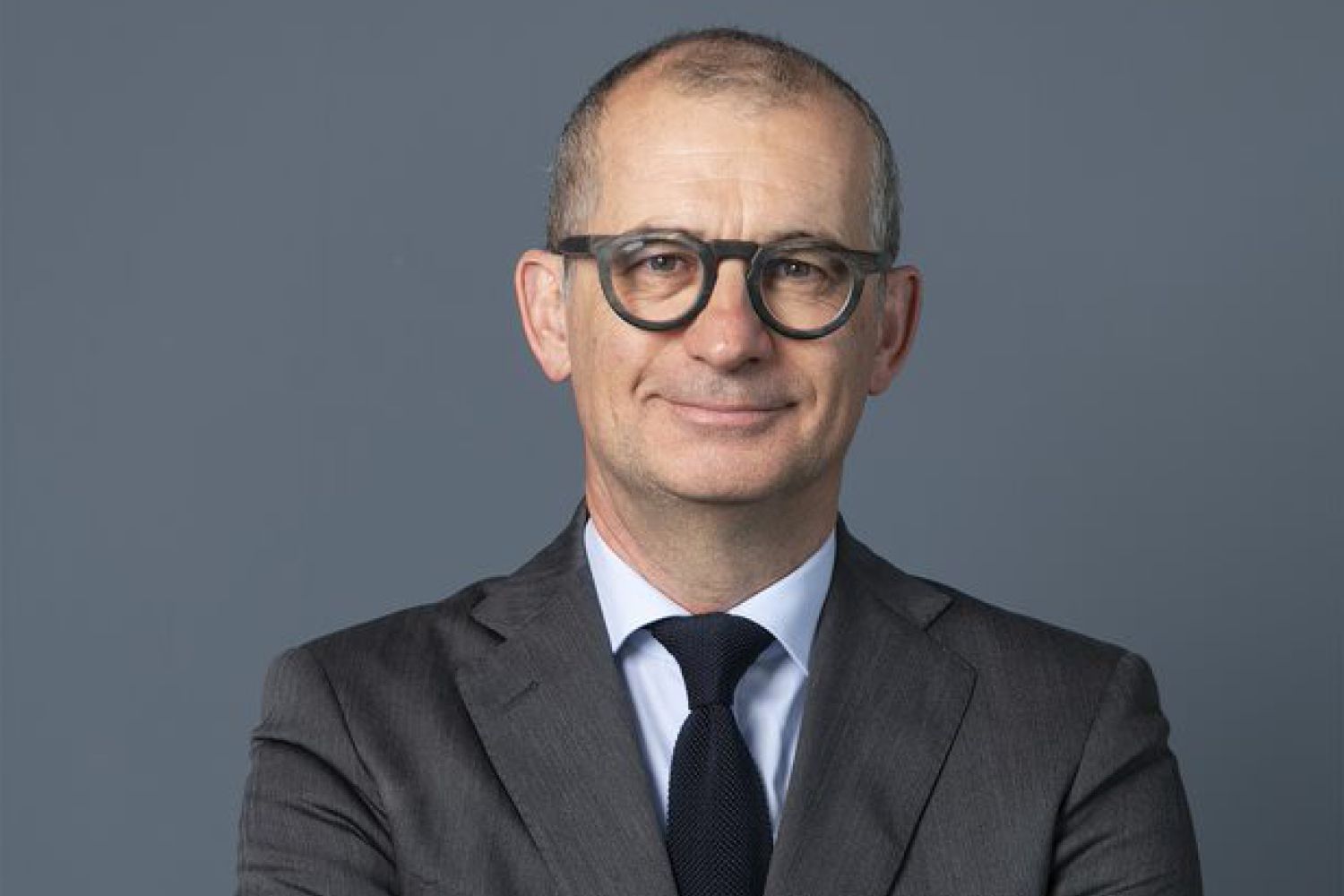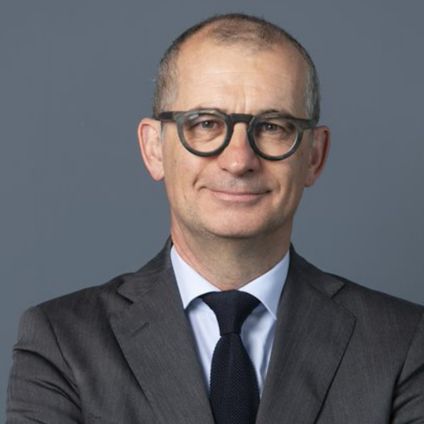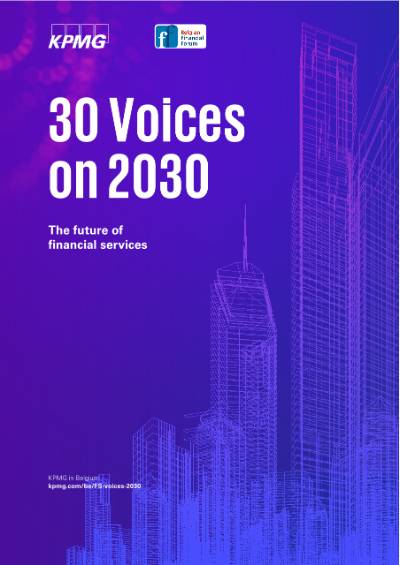During the twenties, corporate risks became increasingly complex. Higher operating costs and higher claims put pressure on insurers and encouraged us, as brokers in our search for solutions, to take a broader view of the value chain, says Pedro Matthynssens, CEO of Vanbreda Risk & Benefits.
When we talk about insurance in 2030, we are no longer talking about a mixed offer with an unclear distinction between consumer insurances and commercial brokerage. We see a polarization between these two distribution models. Consumer insurance has become a commodity, with distribution through direct channels and a consumer who, in addition to the services of a broker, which will continue to be necessary, also self-sufficiently finds, evaluates and compares the right products on the internet. Company insurance has gone in the opposite direction over the past decade. These products became more and more complex, as the risks became more and more complex. As a result, the need for expert advice grew. The distribution of these types of insurance products has taken on the character of high-end consultancy.

Pedro Matthyssens
CEO Vanbreda Risk & Benefits
Insufficient capacity
In 2030, Vanbreda Risk & Benefits is still the largest broker in the Belgian market. It turned out that this market required growing international capacity in order to continue insuring company risks. For some risks, local insurers offered insufficient capacity.
This happened, for instance, in some segments of cyber risks, in medical liability insurance and for property insurance in industries with high heat development. In terms of sustainability, we saw a very clear evolution. During the twenties, corporate risks became increasingly complex, and not least in terms of sustainability. In 2030 communication about sustainability is no longer accepted if the company’s initiatives lack substance. Those companies who communicate clearly but score poorly on ESG will be difficult to insure.”
In 2030 communication about sustainability is no longer accepted if the company’s initiatives lack substance. Those companies who communicate clearly but score poorly on ESG will be difficult to insure.

Hardened insurance market
The pressure on companies that ignored ESG was a reinforcing element in the cyclical hardening of the insurance market. It had already started in 2018 and was perpetuated when the costs for insurers also started to rise from 2022 onwards. Higher operating costs and higher claims put pressure on insurers and encouraged us as a broker to take a broader view of the value chain. The service that insurers offered their clients came under pressure, despite the investments in technology. Clients became more demanding and this stimulated us, in the client‘s interest, to cover a larger part of the insurance value chain by becoming a Managing General Agent and even using our own insurance company to complement insurers’ capacity.
The double network effect
Technologically speaking, the insurance market continued to make progress in the twenties, but we also saw a slowdown. In digital technology, we now know the network effect very well. A tech platform start-up must first go through a deep valley, but as it climbs out, it experiences large network effects and volumes. Insurtech start-ups experience this twice because they have to create the technology platform network effect and develop the solidarity mechanism that is inherent to insurance. This solidarity, whereby many all premiums together suffice to cover the claims, has remained the cornerstone of our industry. In 2030 investors started to shy away from this double challenge of the steep hill to climb for Insurtech in a higher interest rate environment.

Accuracy also brings ethical challenges. What distinction do you make between policyholders who live healthy or unhealthy lives? Car owners who drive safely or unsafely? Is it more or less ethical for people who deliberately take risks to pay a higher insurance premium?

Solidarity as a linchpin
First, there is the aforementioned market hardening. In commercial insurance, market hardening has led to a growing interest in captives, with which companies insure their risks themselves as an alternative to excessive premiums. The question is whether and where a company can really do that much better than an insurer. Captive insurance does not benefit from the pool with larger scale solidarity between companies that insurance companies can create. Second, thanks to statistics and actuarial science, we can estimate risks very accurately in personal lines insurance. Car insurance can be based on historical information, but it is also possible to observe driving behavior and thus determine the premium. If you do that, much of the solidarity mechanism disappears, but the individual risk is estimated more accurately. Measuring individual risk instead of relying on statistics also brings ethical challenges. What distinction do you make between policyholders who live healthy or unhealthy lives? Car owners who drive safely or unsafely? These are highly complex issues that will become even more challenging during the fourth decade of this century.
About the interviewee
Pedro Matthynssens is CEO of Vanbreda Risk & Benefits, which is Belgium‘s largest insurance broker. Matthynssens came on board as CEO in 2013 after six years as Managing Director of The Boston Consulting Group. When he took office, he expressed the ambition to achieve 100 million euro in sales in Belgium by 2020. Thanks to strong internal growth averaging six percent year-on-year – while the market is only growing at one to two percent – and a string of acquisitions, Vanbreda Risk & Benefits achieved that goal a year ahead of schedule. The broker also grew in the Netherlands, closing the 2021 financial year in the Benelux with a turnover of 139 million euro.





